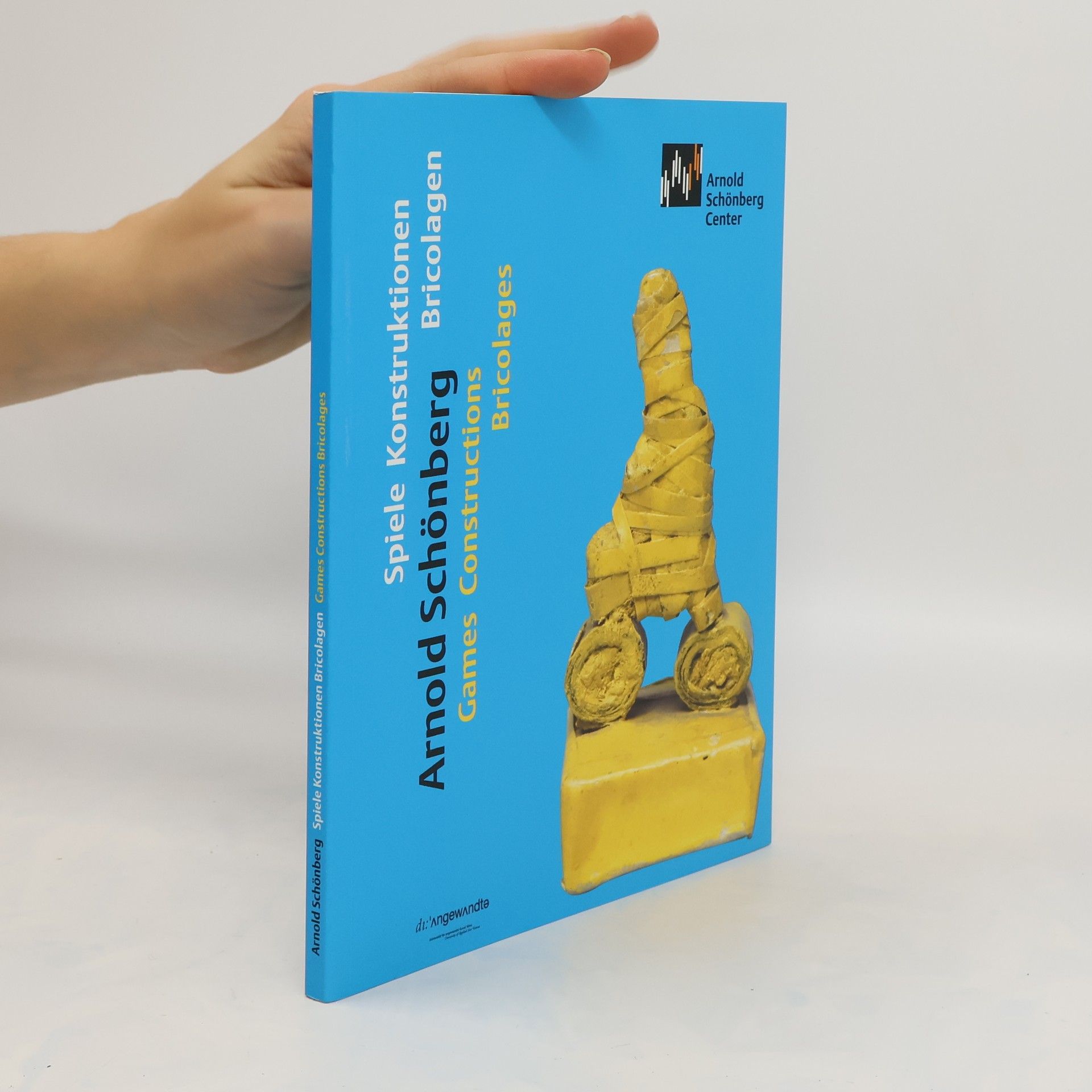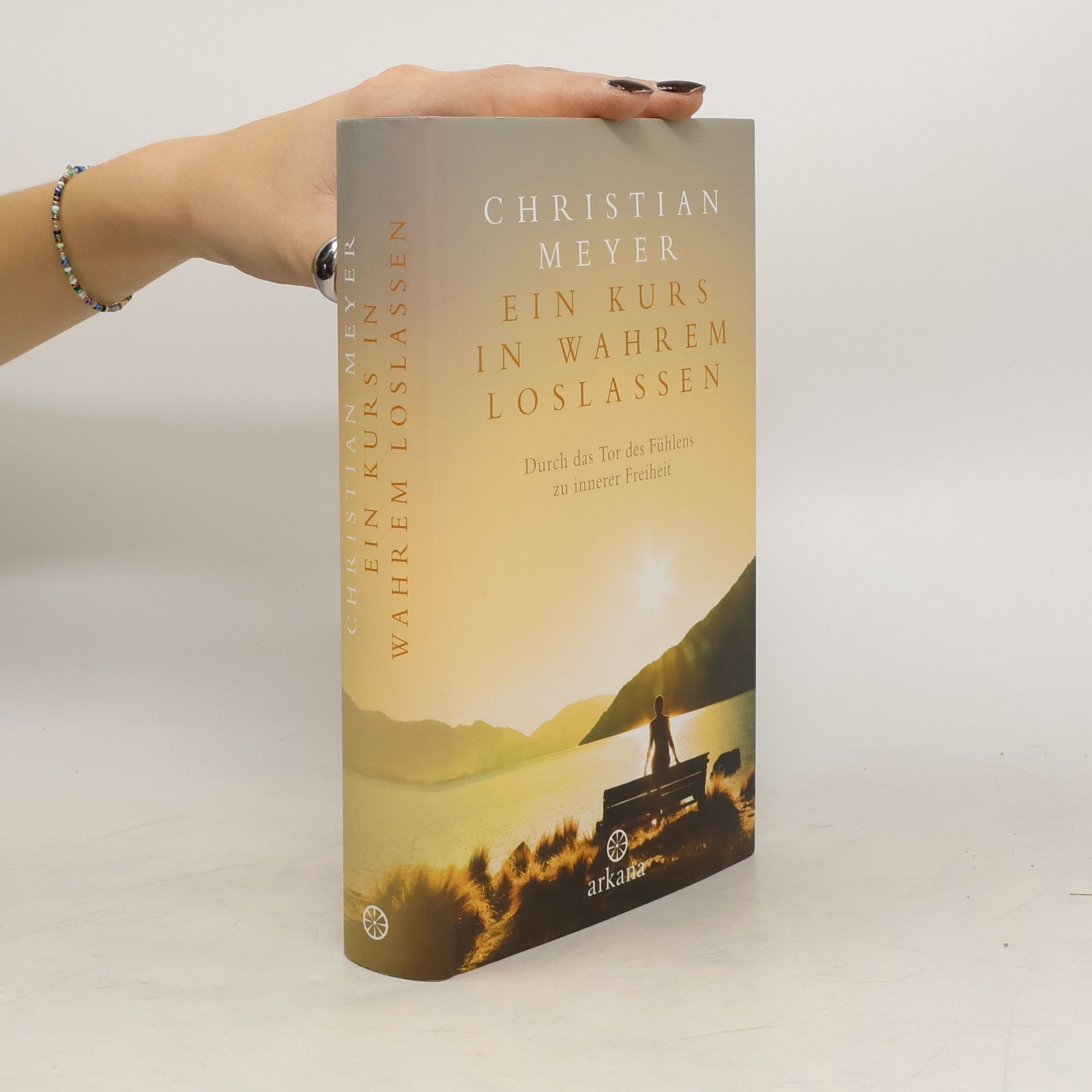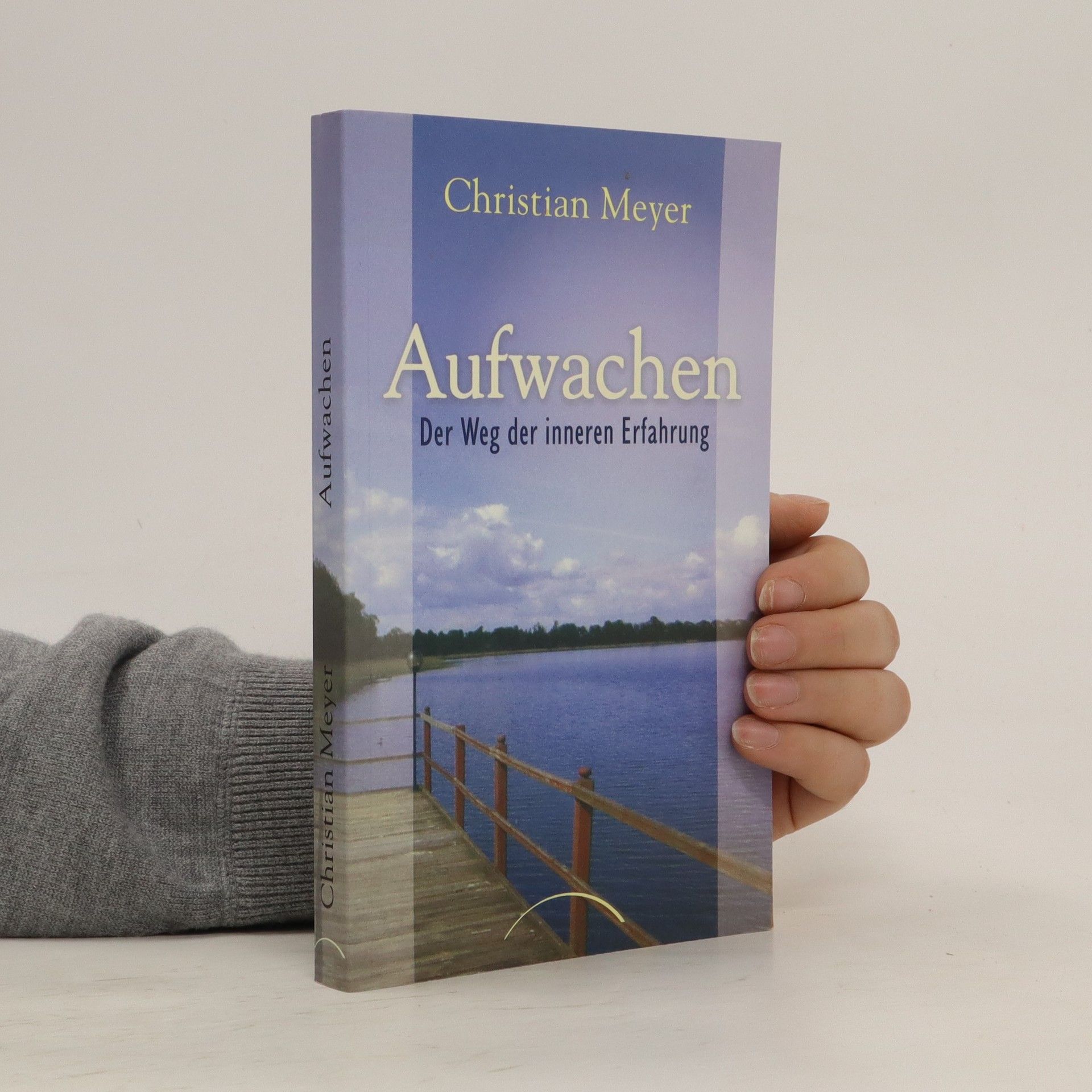Die Formierung der frühen Religionswissenschaft in China (1890-1949)
Diskurse, Kontexte, Akteure
- 583 pages
- 21 hours of reading
Wie entwickelte sich in China eine moderne Religionswissenschaft schon vor 1949? Welche Diskurse, Akteure und lokalen Kontexte trugen zu ihrer Adaption in einem ausserwestlichen Kontext bei? Welche Transferkanale und Motive waren entscheidend? Christian Meyer rekonstruiert erstmals und umfassend die lokalen Kontexte, transnationalen Diskurse und Akteursgruppen, die zur Entstehung einer fruhen chinesischen Religionswissenschaft in der spaten Kaiser- und Republikzeit beitrugen. Auf der Folie der politischen, gesellschaftlichen und institutionellen Voraussetzungen lenkt die Studie den Blick auf die entscheidende Rolle christlich-chinesischer Akademiker als Akteure in den fruhen Modernisierungs- und Identitatsdebatten. Als Teil der globalen Genealogie der Disziplin Religionswissenschaft liefert der Autor damit eine Fallstudie fur eine fruhe ausserwestliche Fachgeschichte.







